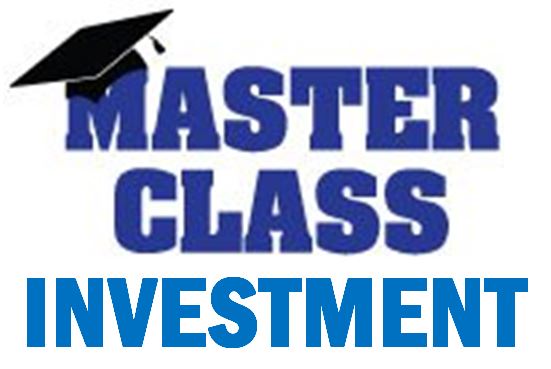
ROE – Company Health Ratios Part 3 – What is Return on Equity & How is it Used?
Continuing our series on Company Health Ratios, today we look at the Return on Equity (ROE) of a company especially when compared to it’s industry average, is a common ratio investors use to evaluate a stock.
What is return on equity?
From the Balance Sheet, we have learned that Equity is the value of the Assets less Liabilities. And from the Profit and Loss we found that the Return is the net Profit – sales less cost of sales, less overhead expenses.
ROE is then the Return divided by Equity = Return/Equity
A business that has a high return on equity is a business that is capable of generating cash well. For the most part, the higher a company’s return on equity compared to its industry, the better. Also, there is a good chance the business that has a good history of ROE may continue to do so. This favours investors who will want to back a good company, and can help drive share price up – and hence returns for the investor.
As an example, a business with $5 mill in profit and equity (shareholder worth/equity) of $100 mill has a ROE of 5/100 which is 5%. And the higher the Return the better.
What is a good return on equity?
Next, ROE needs to be considered alongside other factors. These include the industry the firm operates in – some industries can to produce higher ROE than others. It is also important to consider the debt the company carries as this can inflate ROE but also increase the riskiness of the company.
A high ROE – and looking for a return better than money in the bank – say 10% and over, suggests a company may be generating superior profits from its operations (its equity), while a low ROE may suggest a company is producing a sub-par return from its operations.
Ways to calculate return on equity – caution
Generally, financial sites and reports calculate return on common equity by taking the income available to the common stock holders for the most recent twelve months and dividing it by the average shareholder equity for the most recent five quarters. Some analysts will actually “annualize” the recent quarter by simply taking the current income and multiplying it by four. The theory is that this will equal the annual income of the business. In many cases, this can lead to disastrous and grossly incorrect results. For example, looking at a retail company, fifty-percent or more of the store’s income and revenue can be generated in the second quarter during the traditional Christmas shopping period. An investor should be cautious not to annualize the earnings for seasonal businesses such as these.
See our slides SMSF & Shares Overview to get a quick educational overview and learn to easily understand Company Financial Statements – how to find healthy companies, what Tools and Ratios to use, work on examples,
and also includes how to get better investment outcomes.
If you have questions, call 0407 361 596
ecent quart


